Buy this landscape artwork Beechwood by Nop Briex on canvas, ArtFrame, poster and wallpaper, printed on demand in high quality.
About "Beechwood"
by Nop Briex
About the artwork
Beech (Fagus sylvatica) is a plant in the napalm bearer family (Fagaceae). It is a tree native to Europe.
The scientific name of the genus comes from Latin fagus (beech) possibly from Greek phagein (eat) referring to the edible nuts of the beech. The species name sylvatica is derived from Latin silva (forest) and here means 'growing wild'. The Dutch word beuk, the Flemish boek and the Middle Dutch boeke (English beech, Old English bece, Old Norse bok, German Buche Old High German buohha) are probably derived from the Proto-Germanic *bokjon, which in turn comes from the Proto-Indo-European root *bhagos (the asterisk is an indication that the word was constructed).
In Belgium, beech is common in Flanders, but very rare in the polders. In Wallonia it is common in the Ardennes, along the Meuse and in Brabant and elsewhere quite common to quite rare. In the Netherlands it is common on the higher grounds on sand, loam and marl and in the inner dunes, but rare to very rare on the Wadden Islands and in low moorland and sea clay areas. Beech is generally common in Europe and western Asia and is now distributed worldwide in temperate climate zones. The tree grows well in a sunny or slightly shaded location, in moderately rich and moist soil and likes long warm summers.
I painted these beeches in the woods near my home. Where I take a walk with the dog several times a day. A beautiful mellowed forest with Douglas fir, European and American oaks, beech and birch. A beautiful work easily ordered here at Werk aan de Muur.

About Nop Briex
Contemporary images and even those from the past inspire me to recycle them for re-actionary contemporary impressionist art. My drawings and paintings are sketch impressions in a loose and free style, the paintings in a colorful palette. I also produce collages and digital artworks or find new inspirations and.. Read more…
 Germany
Germany Ordered in October 2021
Ordered in October 2021
 Germany
Germany Ordered in October 2022
Ordered in October 2022
 Germany
Germany Ordered in September 2019
Ordered in September 2019
 Netherlands
Netherlands Ordered in December 2024
Ordered in December 2024
 Netherlands
Netherlands Ordered in February 2018
Ordered in February 2018
 Germany
Germany Ordered in August 2021
Ordered in August 2021
 Netherlands
Netherlands Ordered in December 2021
Ordered in December 2021
 Germany
Germany Ordered in January 2022
Ordered in January 2022
 Germany
Germany Ordered in December 2021
Ordered in December 2021
 Netherlands
Netherlands Ordered in February 2019
Ordered in February 2019

 Germany
Germany Ordered in November 2024
Ordered in November 2024
 Germany
Germany Ordered in May 2020
Ordered in May 2020
About the material
ArtFrame™
Interchangeable Art Prints
- High-quality print
- Easily interchangeable
- Acoustic function
- Large sizes available
Discover the artworks of Nop Briex
 The Vrijthof after the rainNop Briex
The Vrijthof after the rainNop Briex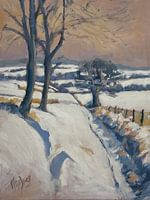 King Winter, how early you are this year!Nop Briex
King Winter, how early you are this year!Nop Briex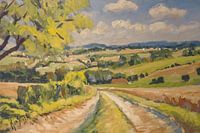 Country road to MechelenNop Briex
Country road to MechelenNop Briex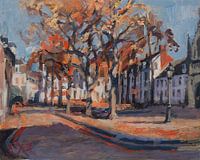 Late Autumn light at the Our Lady Square MaastrichtNop Briex
Late Autumn light at the Our Lady Square MaastrichtNop Briex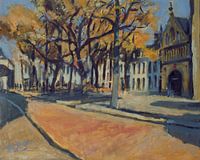 Warm late summer light on OLV Square MaastrichtNop Briex
Warm late summer light on OLV Square MaastrichtNop Briex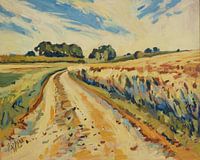 Field road along the golden grain, SchimmertNop Briex
Field road along the golden grain, SchimmertNop Briex Flower bouquetNop Briex
Flower bouquetNop Briex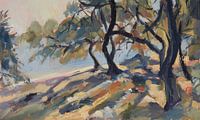 Olive trees at Marmari beach on PaxosNop Briex
Olive trees at Marmari beach on PaxosNop Briex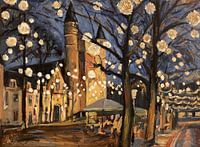 December festive lights on the Square of Our Lady in MaastrichtNop Briex
December festive lights on the Square of Our Lady in MaastrichtNop Briex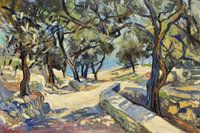 To the beachNop Briex
To the beachNop Briex Sunny MaastrichtNop Briex
Sunny MaastrichtNop Briex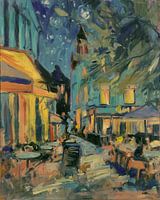 Nightcafe AmorspleinNop Briex
Nightcafe AmorspleinNop Briex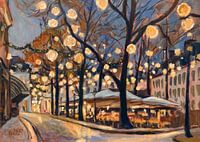 Festival lights over Our Lady's Square at midnightNop Briex
Festival lights over Our Lady's Square at midnightNop Briex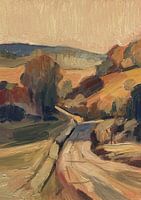 Road to VaalsNop Briex
Road to VaalsNop Briex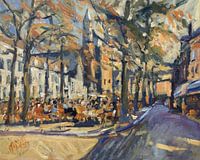 Sunny terrace. Welcome to Maastricht!Nop Briex
Sunny terrace. Welcome to Maastricht!Nop Briex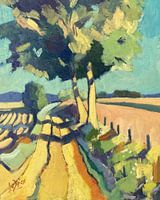 Steep field roadNop Briex
Steep field roadNop Briex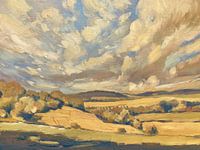 Panorama towards EyserbosNop Briex
Panorama towards EyserbosNop Briex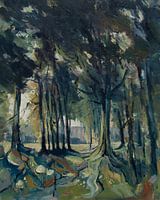 Forest path Central BrabantNop Briex
Forest path Central BrabantNop Briex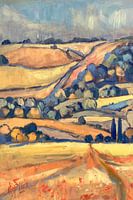 GulperbergNop Briex
GulperbergNop Briex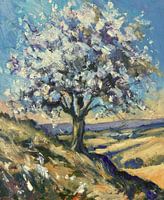 Lonely but not aloneNop Briex
Lonely but not aloneNop Briex
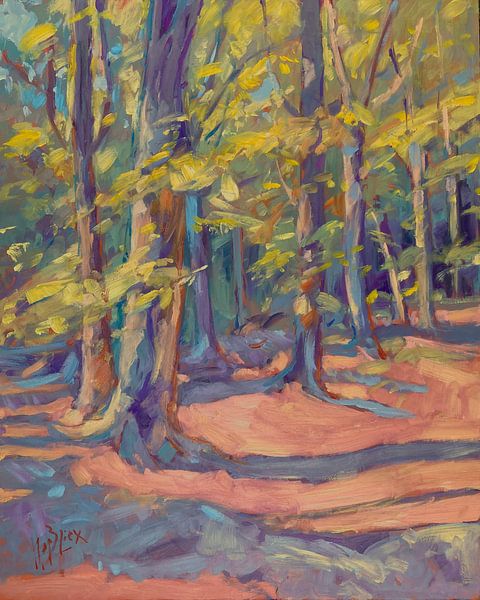
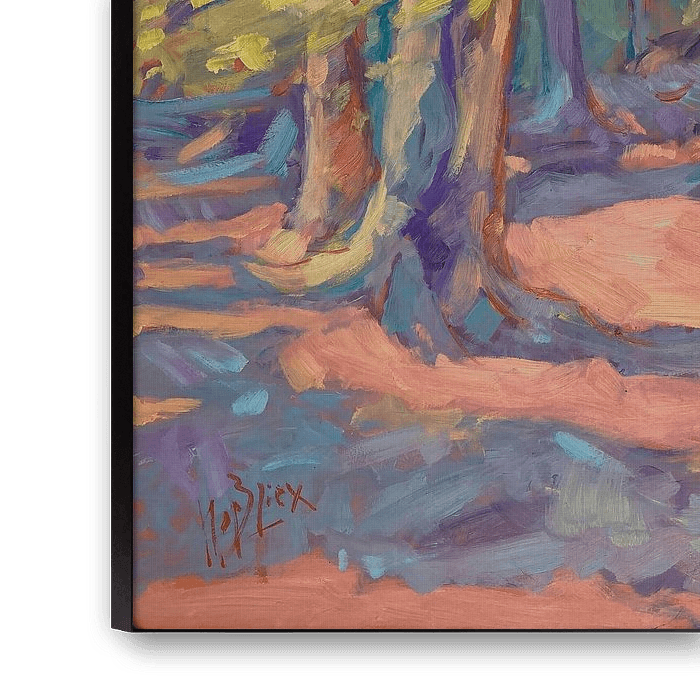
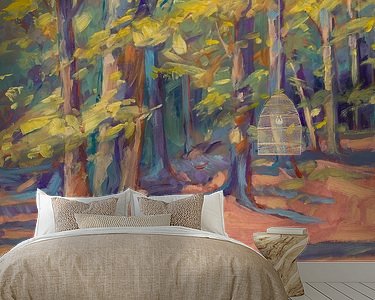
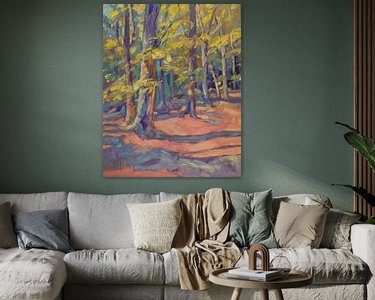



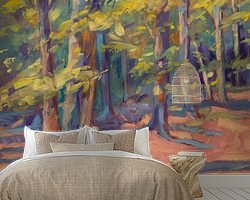



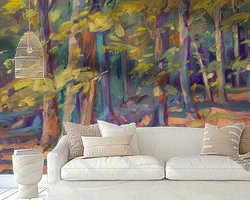

 Beech (tree)
Beech (tree) Forest
Forest Landscapes
Landscapes Serene Peace
Serene Peace Tilburg
Tilburg Vibrant Colors
Vibrant Colors









